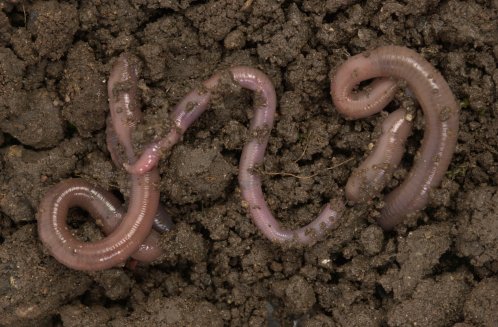 The quality of soil depends on the physical environment (for example, the terrain, proximity to water, and climate) as well as the biological environment (such as the population of plants, fungi, and microbes).
The quality of soil depends on the physical environment (for example, the terrain, proximity to water, and climate) as well as the biological environment (such as the population of plants, fungi, and microbes).
Soils support a range of organisms that live within and on them. They also have an influence at a much larger scale: soils absorb gases with the atmosphere, such as carbon dioxide and methane, so they are an important factor in considerations of climate change.
Failure to manage soil effectively can degrade all these functions, causing far reaching consequences.
Damaged and degraded soils can seriously affect our waterways and our water supplies. They can exacerbate the risk of flooding as their ability to absorb and drain away water is reduced. Waterlogging can render fields unsuitable for cultivation.
Degraded soil can also be increasingly prone to erosion, and when it is washed into waterways it causes more sedimentation and silting downstream, contributing to problems with water quality.
Poor quality soils are less able to retain chemicals such as pesticides, nutrients and fertilizers. This can increase the runoff of pollutants into rivers, which causes problems such as algal blooms (where algae feed of the nutrients washed downstream), which in turn can starve other species such as fish of oxygen.
Runoff from soil also poisons marine species with agricultural chemicals and faecal pathogens, which can also leach into the surface and groundwater supplies that people drink.
|
Updated: 23 Jan 2024, Content by: MC
|
